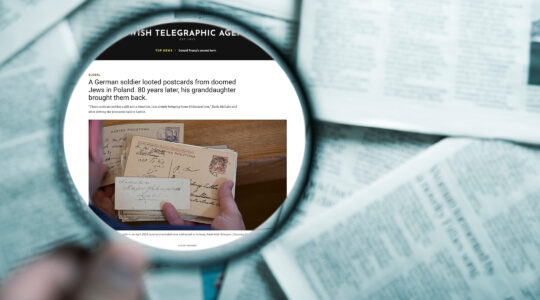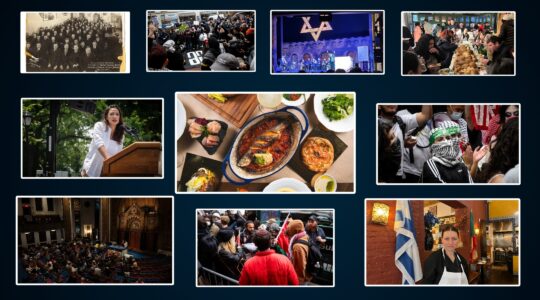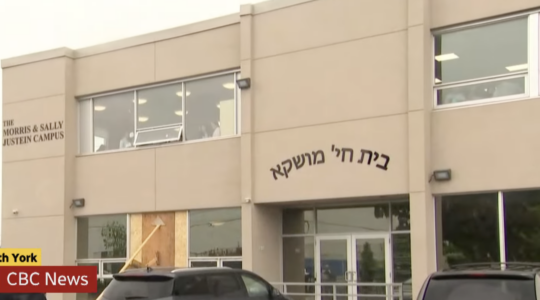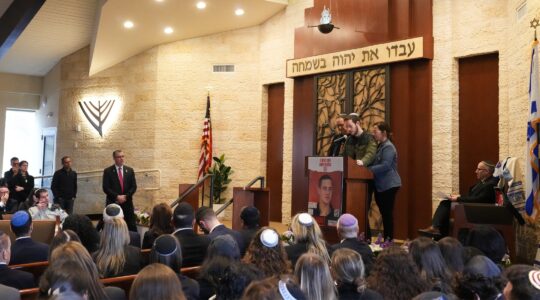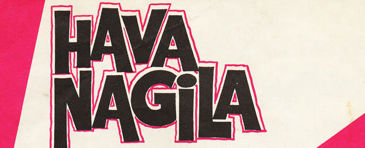
Hold onto your seats — you never know when you’ll be lifted in them.
[[READMORE]]
"Hava Nagila (The Movie)” premieres at the San Francisco Jewish Film Festival on July 19. Writing for The Forward, Renee Ghert-Zand summarizes some of the major developments of the song as outlined in Roberta Grossman’s new film:
The film traces the song from its origins as a wordless Hasidic nigun, a wordless melody, in Sadagora, Ukraine, where the Ruzhiner rebbe, Yisroel Friedman, established his court in 1845. From there it traveled to Palestine early in the 20th century, where Abraham Zvi Idelsohn, the father of Jewish musicology, transcribed it and added lyrics to it in 1915 expressing celebration and brotherhood.
Idelsohn, founding director of the Hebrew Union College department of music in 1924, explained how he came across the song:
This tune originated at the Chassidic court in Sadigora, Bukowina, and was brought to Jerusalem. In 1918, needing a popular tune for a performance of my mixed choir in Jerusalem, my choice fell upon this tune which I arranged in four parts and for which I wrote a Hebrew text. The choir sang it, and it apparently caught the imagination of the people, for the next day men and women were singing the song throughout Jerusalem.
In 1922, Idelsohn released the first commercial recording of the song with Polydor records.
During and after WWII, the song’s popularity grew as the Barry Sisters, Harry Belafonte and others lent their celebrity to the Hasidic melody turned “Palestinian” folk song.
Since then, the song spread throughout the world — Moscow restaurants in the 1960s, pro-Zionist Japanese sects, and attendees at a Jewish-Egyptian peace treaty celebration in Minneapolis would use the iconic Jewish melody as background music for their events.
Click here for a list of 26 “Hava Nagila” cameos from the last 50 years.
And be sure to listen to Idelsohn’s original 1922 recording produced by Polydor Records.
Sources: My Jewish Learning and Jewish Music Research Center of Jerusalem.
JTA has documented Jewish history in real-time for over a century. Keep our journalism strong by joining us in supporting independent, award-winning reporting.

